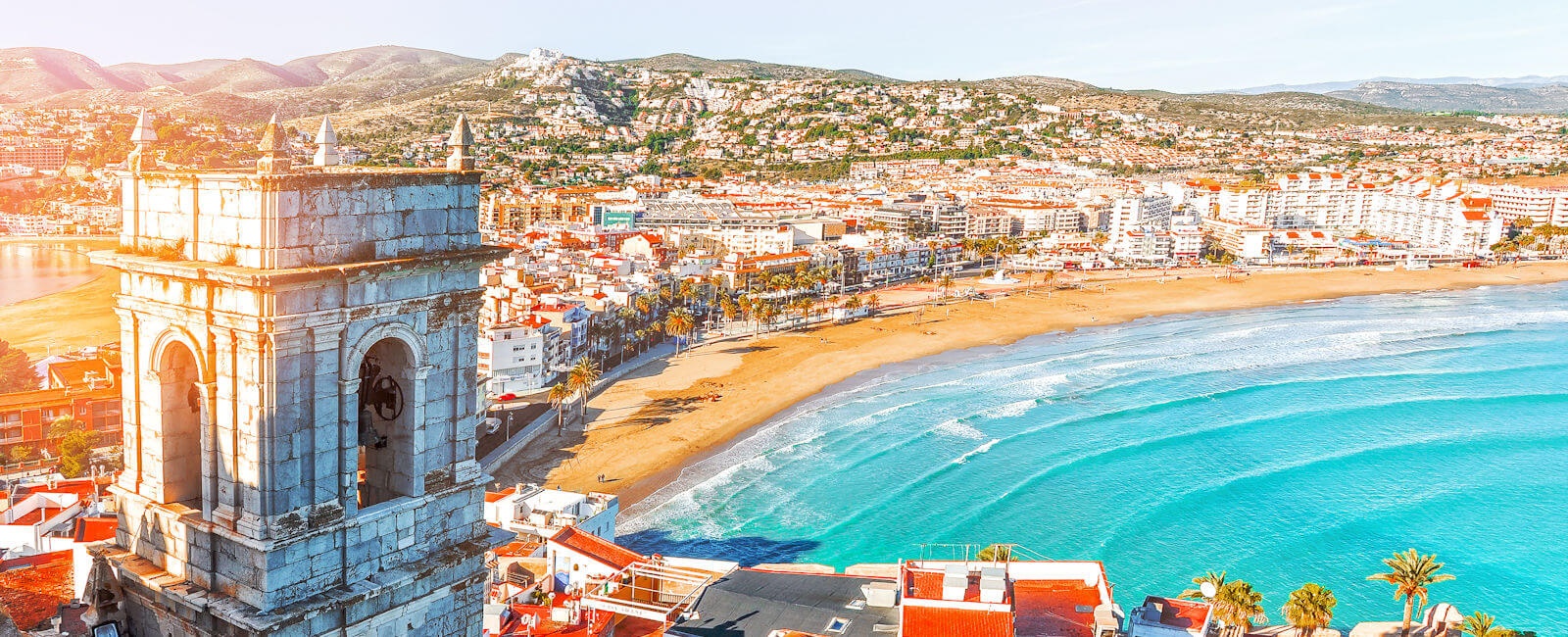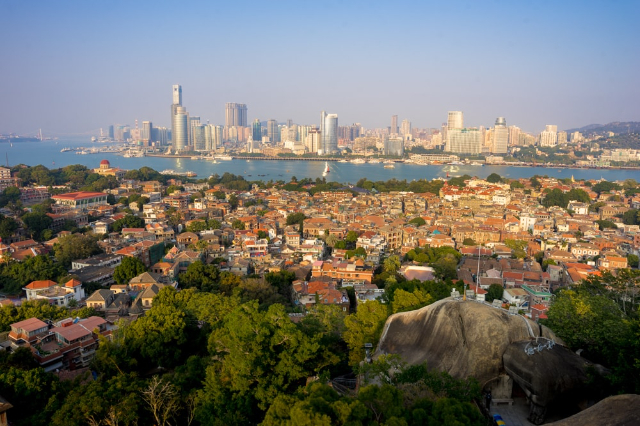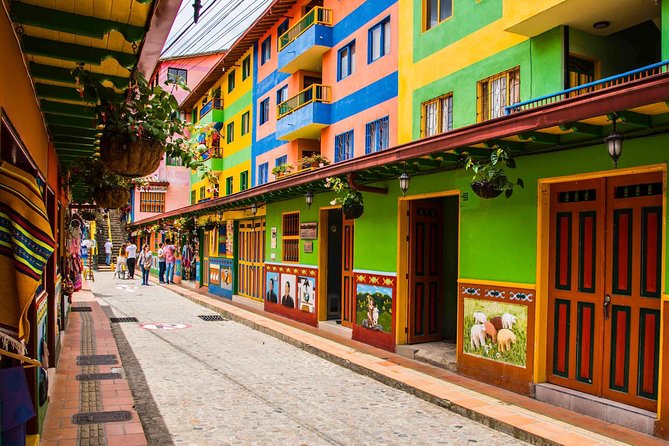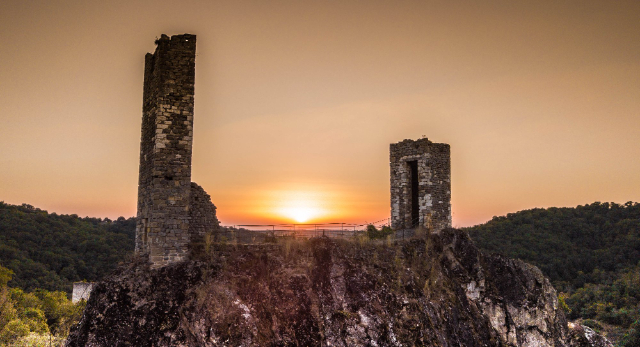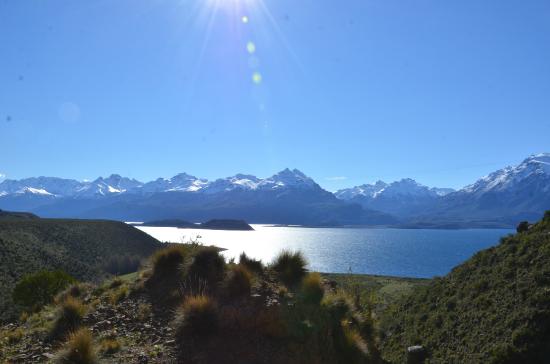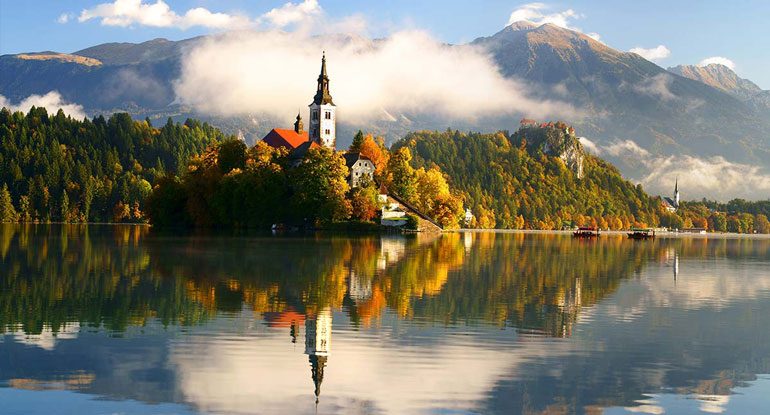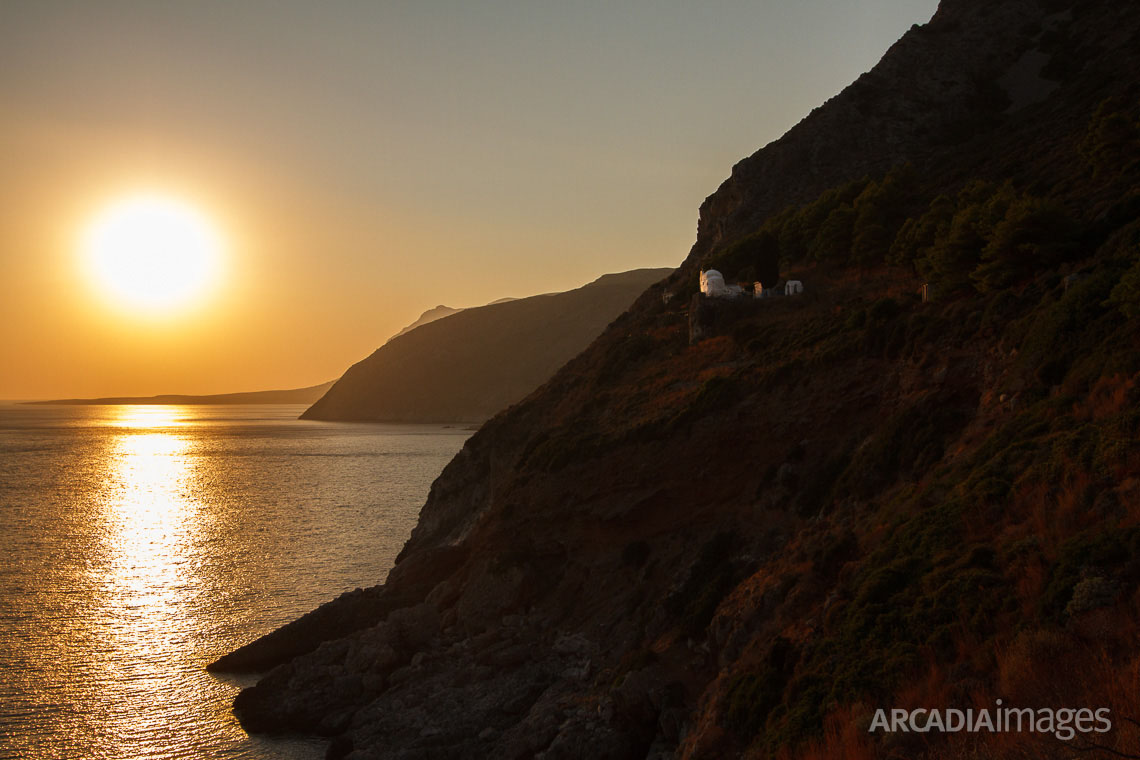The Romans, who founded the city in the 2nd century B.C., called it Valentia Edetanorum, a toponym meaning fort of the Edetani or Sedetani, an Iberian tribe settled in the area. Under the Moors it was known as Balansiya. Through regular sound changes it finally became Valencia.
After the Roman Empire, the city was conquered by the Visigoths, who forcibly gave way to the Arabs. Arabs and Berbers made sure that the population of this area completely absorbed their customs, traditions, language and religion. The city also changed a great deal on a structural level: the palace Rusàfa was built, which took the name of a residence of the Caliph of Damascus and then gave the name to a quarter of Valencia; the Arabs started the cultivation outside the city walls; and the Visigoth episcopal seat became the square of the governor’s residence, appointed by the Caliphate of Cordoba. The kingdom of Valencia was born with King James I of Aragon, until in the 15th century Valencia witnessed its greatest cultural and economic splendour, so much so that it was named the Golden Century of Valencia. Among the places of interest is the Lonja de la Seda – Silk Exchange, which was the place where merchant trading was held, is one of the oldest markets in Europe, this Gothic-style building is now a UNESCO World Heritage Site. Don’t miss the Quartiere del Carmen, a millenary old quarter that developed between two city walls, one Muslim and one Christian, here you can take long walks in the alleys and streets and admire medieval-style buildings. Other places to visit: Torres de Serranos and Torres de Quart, the Cathedral and the Basilica, Plaza de Torso dating from the mid 1800s, and the Town Hall, the most modern buildings by the Valencian architect Santiago Calatrava, located in the Ciutat de les arts i les Cìencies, including the Hemisfèric.
